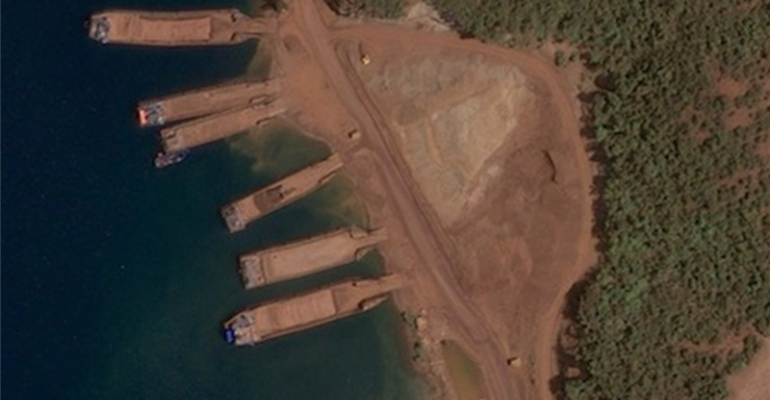The statistics, which apply to ships of more than 10,000 dwt, show that despite a 30% increase in the number of bulk carriers to about 13,000 over the period, a broad trend of improving safety and reducing ship losses is evident. But more needs to be done to guard against the risk of cargo liquefaction and groundings, the two main causes of ship losses, Intercargo declared.
Four of the five bulk carriers lost as a result of liquefaction were carrying nickel ore; one had a cargo of bauxite. Yet these five ships accounted for 70 lost lives – 67.3% of the total. Groundings, on the other hand, accounted for most of the ships that were lost – 12 vessels in total.
Liquefaction can occur slowly over time, Intercargo said, or instantaneously without warning. When shippers fail to provide the correct details of cargo consignments to the vessel, there is a greatly increased risk of cargo failure, the Association warned.
Intercargo’s Operations Manager, Xianyong (Joe) Zhou, commented: “As the voice of global dry bulk shipping, Intercargo is determined to help lead the response to these events. While the Report highlights that improvements are being made in safety, there is still clearly more to do to make shipping safer. We must continue to learn how we can best protect the lives of seafarers as well as the vessels and their cargo from damage and loss.”
When revisions to the International Maritime Solid Bulk Cargoes (IMBSC) Code come into force on December 1st this year, a new term will be adopted – ‘dynamic separation’ – as well as liquefaction. Whereas the latter applies to a ship’s hold full of cargo that, with vibration and ship movement, becomes a slurry, dynamic separation occurs when moisture present in the cargo migrates to the surface.
This creates a free surface effect and can be followed by a sloshing motion of the slurry displacing some of the cargo, causing the ship to develop an irregular roll period or list. There are well over 30 Group A cargoes, as defined by the IMBSC Code, that carry the greatest risk.
They include cement, coal slurry, copper and lead concentrate, iron ore fines, manganese fines, nickel ore, and various metal slags. Liquefaction or dynamic separation is likely to occur if their moisture content exceeds the cargo’s ‘transportable moisture limit’ – TML.
The eight other bulk carrier losses over the period were a result of a variety of machinery breakdowns and equipment failures, Intercargo said.
Copyright © 2024. All rights reserved. Seatrade, a trading name of Informa Markets (UK) Limited.
Add Seatrade Maritime News to your Google News feed.  |

